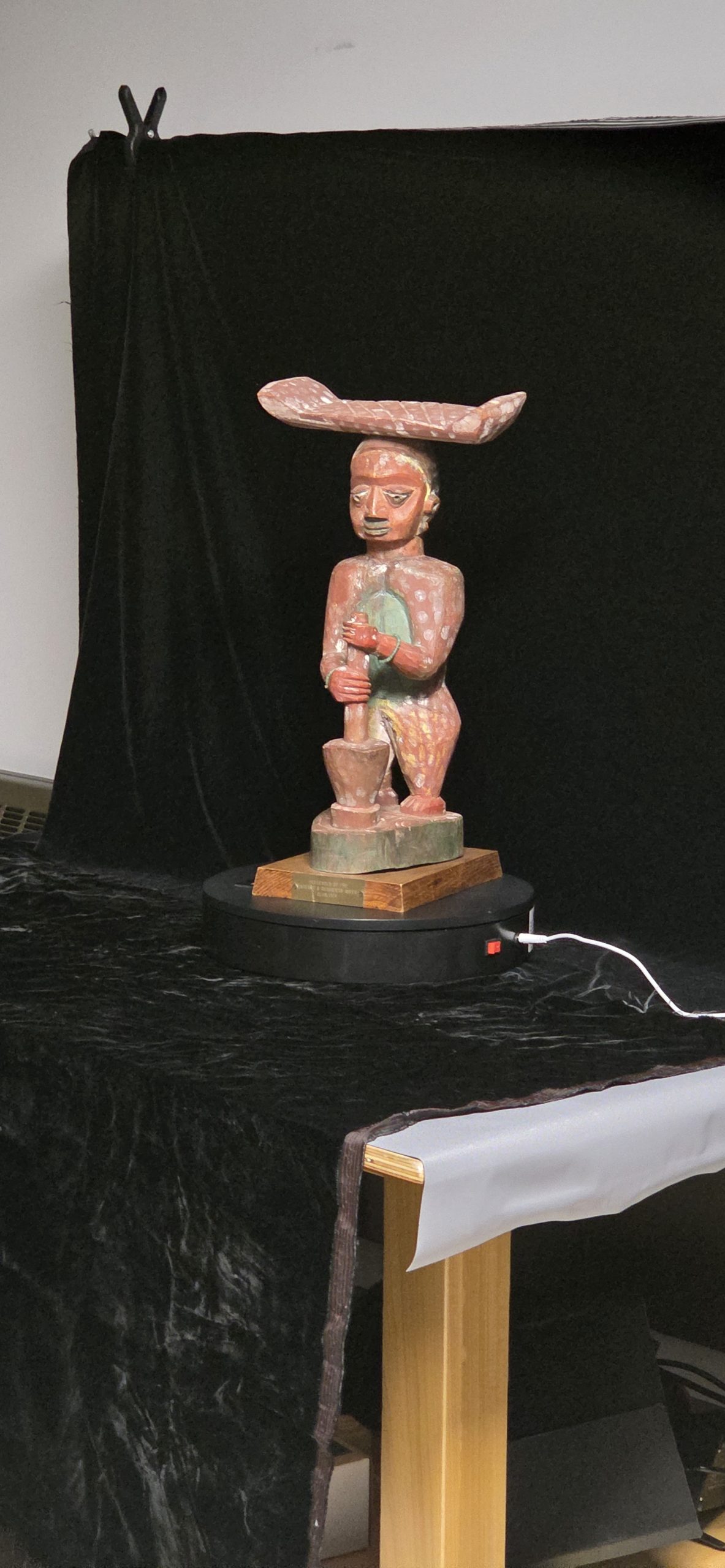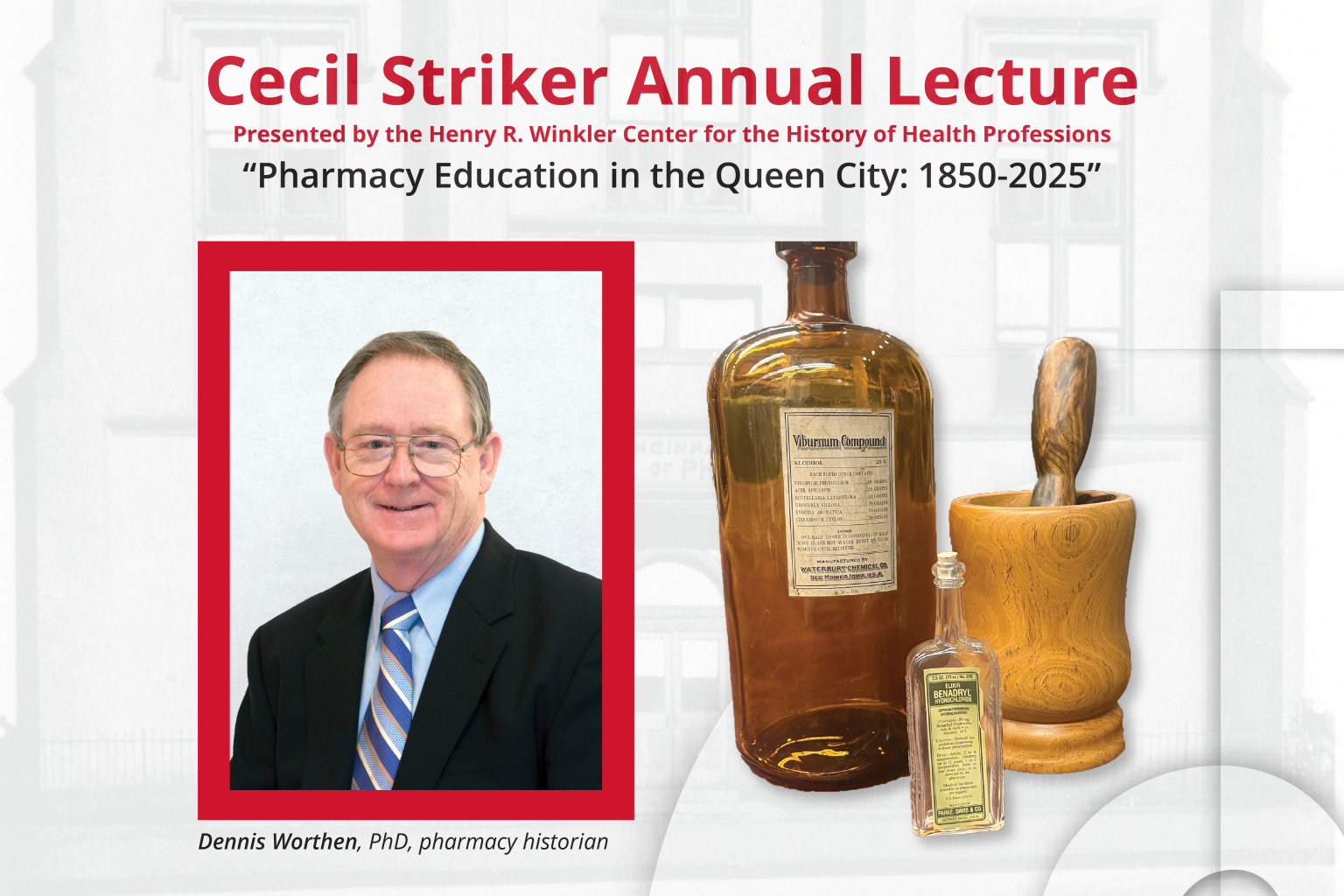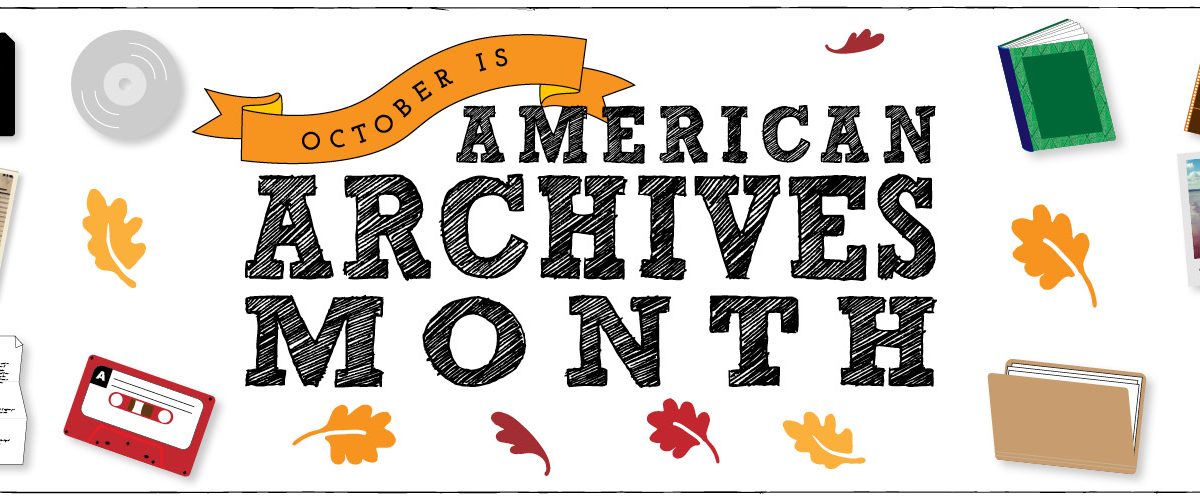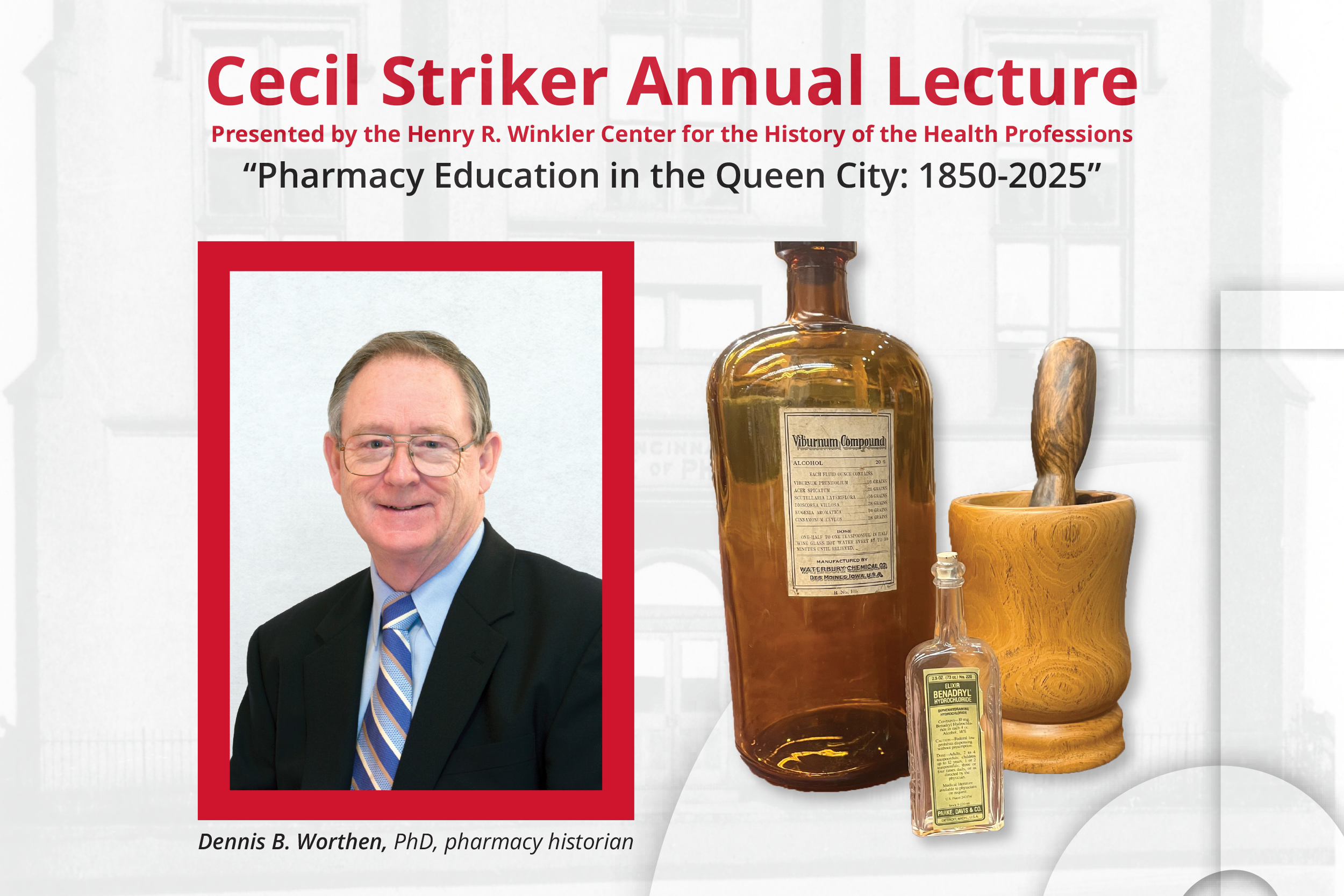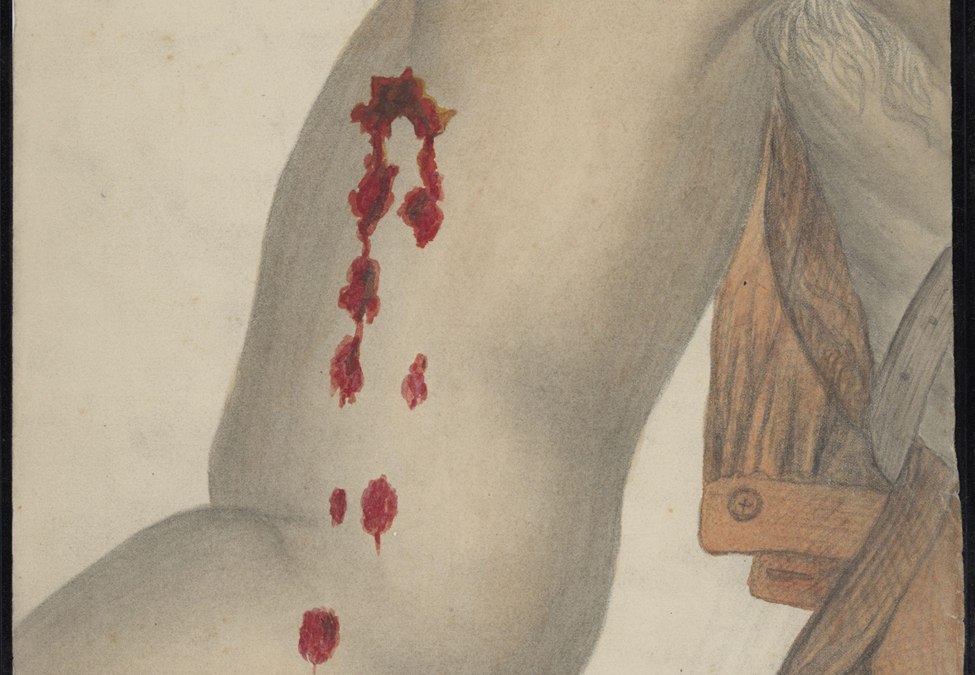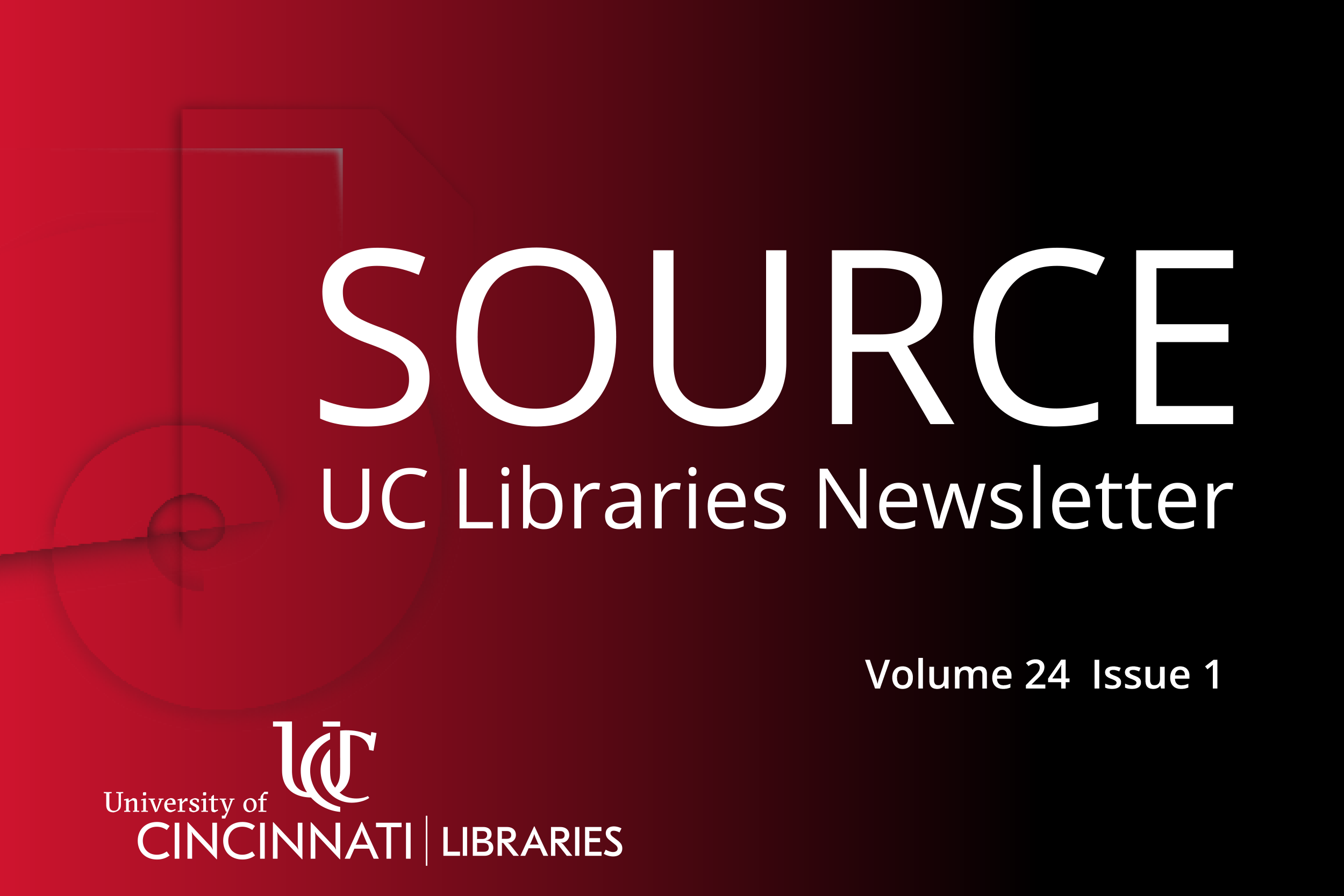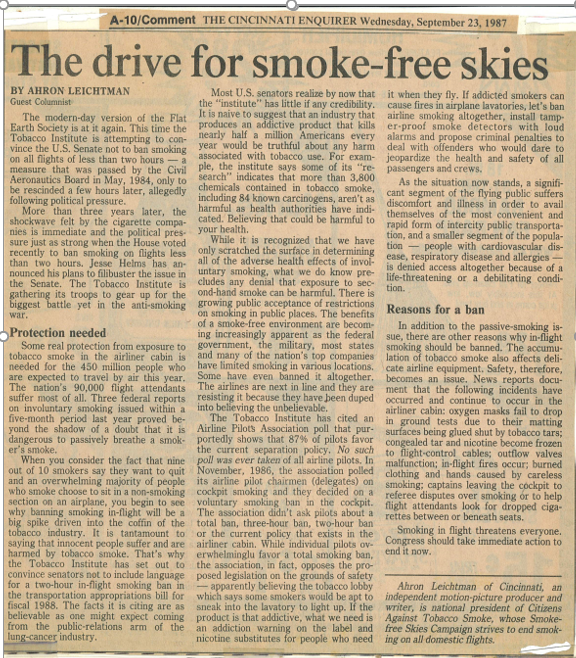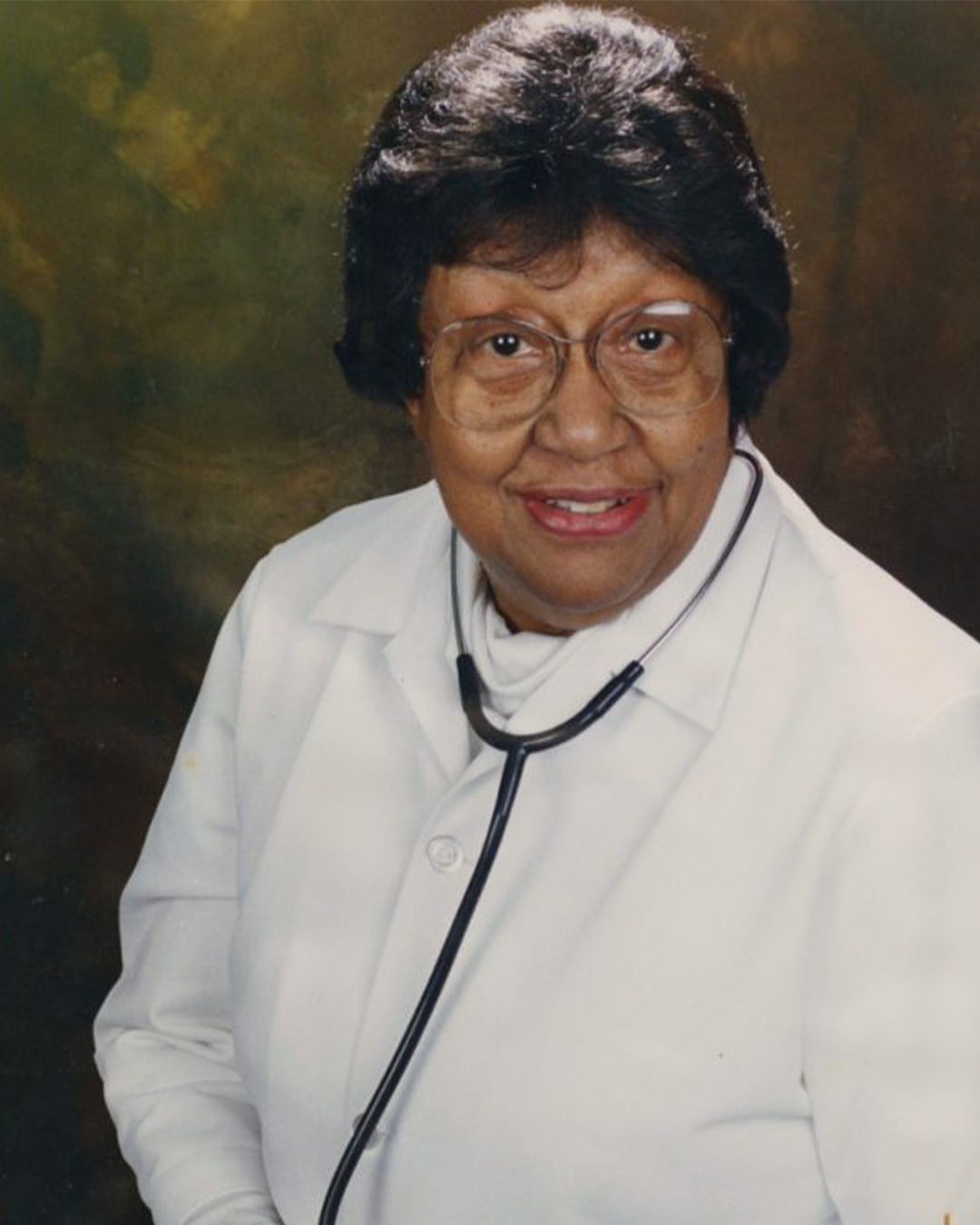The State Library of Ohio is pleased to announce the 2026 cohort selected to complete coursework to earn a Digital Curation Certificate from Library Juice Academy. Through a competitive application process, a State Library review committee selected the following 15 participants, and will manage their enrollment in the six-course series:
- Alexis Ferguson, Galion Public Library
- Amy Beam, Terra State Community College
- Anna Helming-Sampson, Wright State University Special Collections and Archives
- Ashlyn Grubb, London Public Library
- Aurora Charlow, Ohio University
- Christian Davell, Wright Memorial Public Library
- Hannah Kemp-Severance, University of Akron
- Holly Burdoff, Euclid Public Library
- Julie Carr-Trebelhorn, CEAS and Science Libraries, University of Cincinnati
- Katie Gable, College of Wooster
- Lindsay Miraglia, Wayne County Public Library
- Mary McKinley, Green County Records and Archives Center
- Michael Sherfly, Public Library of Mount Vernon & Knox County
- Nester Rave, Sandusky Library
- Rachel Rembold, Henry R. Winkler Center for the History of Health Professions, Health Sciences Library, University of Cincinnati
“I’m delighted to see such a varied cohort, representative of all types of institutions, selected for this year’s Library Juice Academy Digital Curation Certificate program,” expressed Evan T. Struble, associate state librarian. “The State Library strives to ensure that library staff around the state have the tools and training necessary to digitally preserve their collections, and that takes on even greater importance in 2026 as we head into the U.S. Semiquincentennial and the history-focused celebrations that are sure to take place.”
This program uses federal Library Services and Technology Act (LSTA) funds from the Institute of Museum and Library Services (IMLS) awarded to the State Library of Ohio to cover the cost of enrollment. This award-winning Digital Curation Certificate is designed to build skills for work in digitization, digital preservation, metadata creation and more, and is suitable for those interested in the work whether they have prior experience or not.
Questions regarding the Library Juice Academy Digital Curation Certificate cohort may be addressed to library consultant, Penelope Shumaker, at pshumaker@library.ohio.gov.


